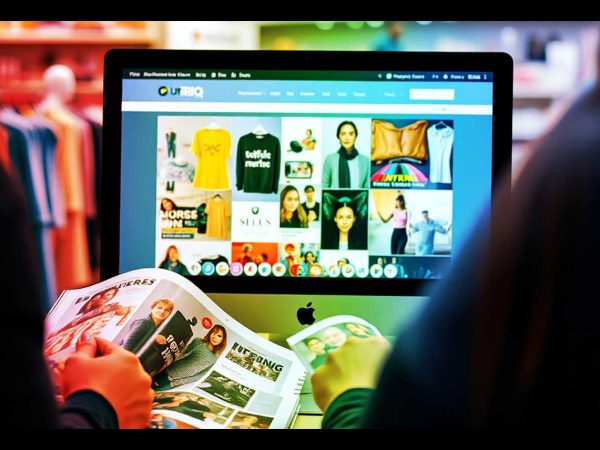I tell my staff all the time: You can’t sell print if the client is only looking for digital and vice versa. But the truth is that a combination of both print and digital is the only thing that we really know works effectively when reaching out to the LGBTQ consumer. After all, we as a community are diverse and, therefore, so are our media habits.
Being one of the oldest LGBTQ business in America, we remember a time before digital. But for the last 20 years, digital has steadily become a larger part of the mix. I am often asked when I speak at conferences or on panels, “I thought LGBTQs were ahead of the curve in technology, so why do you say, ‘Print is King’ in the LGBTQ market?”
It’s a good question and the answer is that yes, LGBTQs were first to the digital world, actually dominating AOL and other platforms for a while, and also first to utilize mobile in a way most Americans were just getting used to. But that was a long time ago, and everyone has evolved. One example is that LGBTQs use their phone for many things, but it is very often used for finding Mr. or Ms. Right — or Mr. & Ms. Right Now — and most do not want to be bothered otherwise. So, while mobile may be dominant in the digital world of other minority markets, it is just not the same in the LGBTQ market.
This is not to say a good Instagram post isn’t appreciated or mobile should be ignored, but let’s remember Marketing 101. You want your advertisement to appear where people are expecting and looking for it. It seems so silly to state, but our community is physical. We socialize mostly in person at LGBTQ business establishments, and that is still where most people get their LGBTQ media — while they are out and about at a bar or in the gay area of town.
Interesting, too, is that we estimate near 90 percent of all LGBTQ digital content comes directly from the physical (aka print). It should also be noted that we find on average that our digital campaigns do about 30 percent better when there is a print component. Without print, campaigns still get average reach, which is not bad at all, but I find everyone wants their advertising campaigns to be better than average.
Every slice of the marketing and advertising wheel helps in brand visibility, and many of our digital-only campaigns are supporting mainstream media efforts on television and other platforms, so in that case a digital-only buy may be just fine. Also, all campaigns depend on the client’s advertising assets, but I write this to an audience that is seeking our knowledge as well as those learning how to market best to the LGBTQ consumer. So, it is important to understand this at the beginning when planning and designing campaigns for this community.
From everything we know, and if I were spending my own advertising dollars on a product or service launch where the LGBTQ consumer was a target, you can bet I would invest in print with a digital overlay and adding all I can depending on my budget while making sure to only include LGBTQ owned media outlets. The idea being that readers of LGBTQ print media are the ones most concerned about LGBTQ issues. These readers are the ones we know the most about from years and years of annual data research and that content extends to the title’s digital extensions, like their websites, e-blasts, social and duplicate digital copies.
Most importantly, we in the business know that the publishers and editors are the true LGBTQ super influencers. It is those publishers and editors who decide what the story of the week will be, and it is they who spread the word at their events and to their social networks about new campaigns and companies reaching out and asking for us to consider them above all others.
To me, all of this is common sense. But I do this every day, and I have to remember that most of the advertising planners and supervisors only know what they are used to in mainstream media. The hardest thing in planning any advertising campaign is to remove yourself and team from the mix, unless you are the target of course! Still, targeting a whole market often means looking up and down the generations. And one thing so unique to the LGBTQ market is that people come out at all ages. And these potential customers, those newly interested in everything LGBTQ, are often looking to finding out what brands are their allies and support their newfound community.

Show Comments



